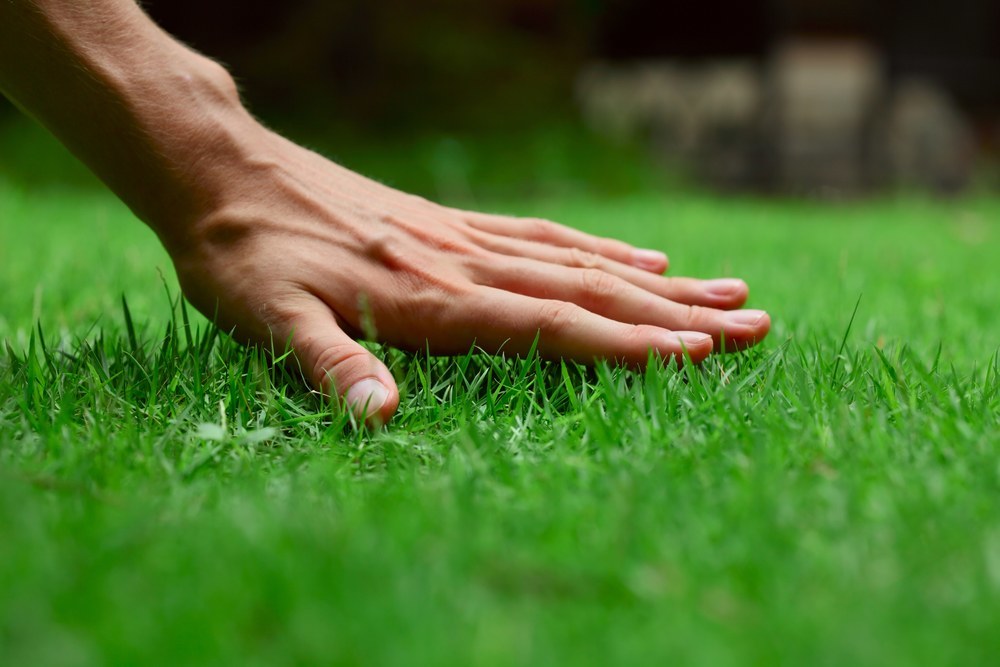 Now that spring has officially arrived, it’s time to start getting out there and getting your yard ready for the warmer months ahead. To have a beautiful, green lawn in the spring and summer, there are things you need to do throughout the year to make it look as good as you want it to, including right at the beginning of springtime.
Now that spring has officially arrived, it’s time to start getting out there and getting your yard ready for the warmer months ahead. To have a beautiful, green lawn in the spring and summer, there are things you need to do throughout the year to make it look as good as you want it to, including right at the beginning of springtime.
Winter can be a very tough on your lawn and will need a little extra help to look its best. By taking these four steps, you’ll be well on your way to a beautiful lawn this spring and summer!
Rake
If you thought you wouldn’t need your rake again until fall, think again. Raking in the springtime is a very important step in making sure you have the nice, healthy lawn of your dreams in the summer. It’s best to do this once you’re pretty sure you won’t be getting any more snow for the year. By raking in the springtime, you get rid of any leaves you may have missed in the fall, as well as any branches and other debris that may have fallen on your lawn over the winter months. It also helps to fluff up any blades of grass that may have gotten matted down and removes dead blades of grass that could turn into thatch.
Aerate Your Lawn
The soil on your lawn can become compacted over time as people walk around on it, making it more difficult for oxygen and water to get in and help your lawn grow. In colder climates, it’s actually best to do this during the fall, but if you didn’t get around to it then or if you didn’t realize you had a problem with soil compaction.
Check Your Soil’s pH Levels
Few things will stand in your way of a beautiful lawn quite like a soil’s pH level. In fact, if you’ve consistently had a hard time getting a nice lawn, it might not have been your fault. If your soil is too alkaline or too acidic, you will have a very difficult time getting anything to grow. Soil testers can be picked up quite inexpensively at any hardware store and will tell you what your soil’s pH level is in a matter of minutes. If your soil’s pH is 8 or higher, your soil is too alkaline and can be treated with sulfur to bring the pH level down. A soil with a pH level of 5 or lower is too acidic and can be corrected by adding lime to the soil. If you need to add lime or sulfur to the soil, it’s best to do so right before a rainstorm. If you can’t wait for rain, water your lawn for an hour after applying it.
Look Out for Snow Mold
In many cases, all that snow that fell on your lawn during the winter months will melt away without issue once the weather starts to warm up again. But in some cases, you might notice small circles of discolored grass on your lawn, which is known as snow mold. Snow mold can be prevented by raking leaves during the fall and comes in two varieties: gray and pink. Gray snow mold is fairly easy to deal with since it’s a cosmetic issue and typically goes away with regular lawn care as the season progresses. Pink snow mold is more difficult to deal with as it can cause much more damage to the the grass and may require the help of a landscaper to prevent it from coming back.
